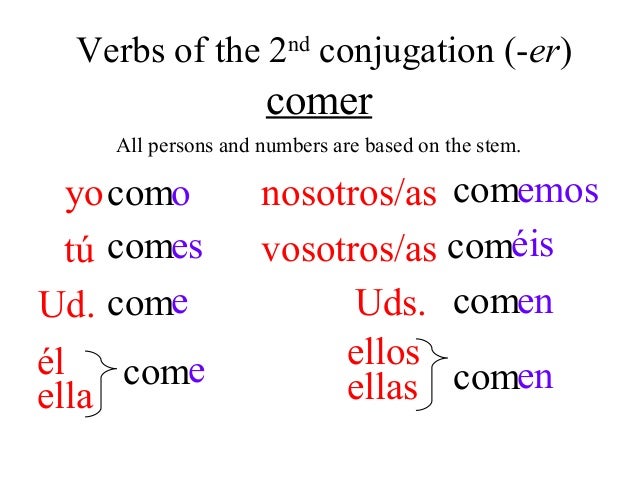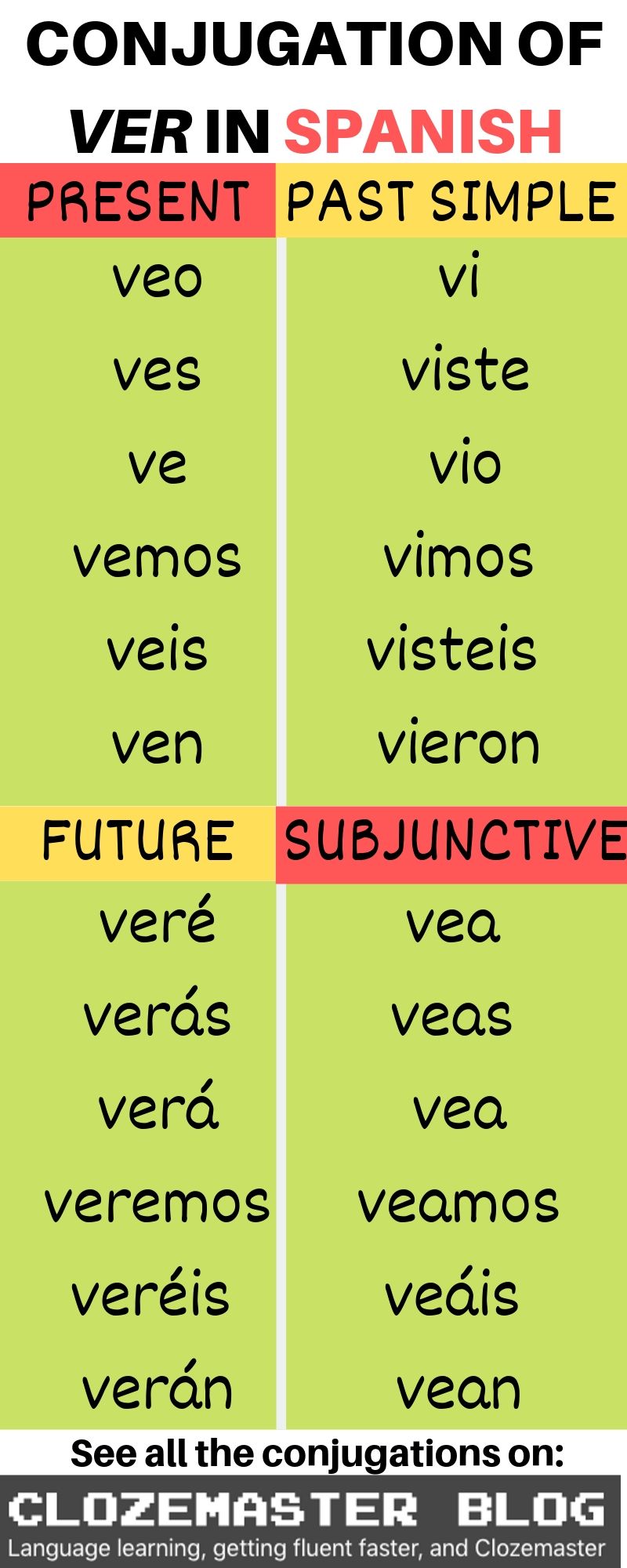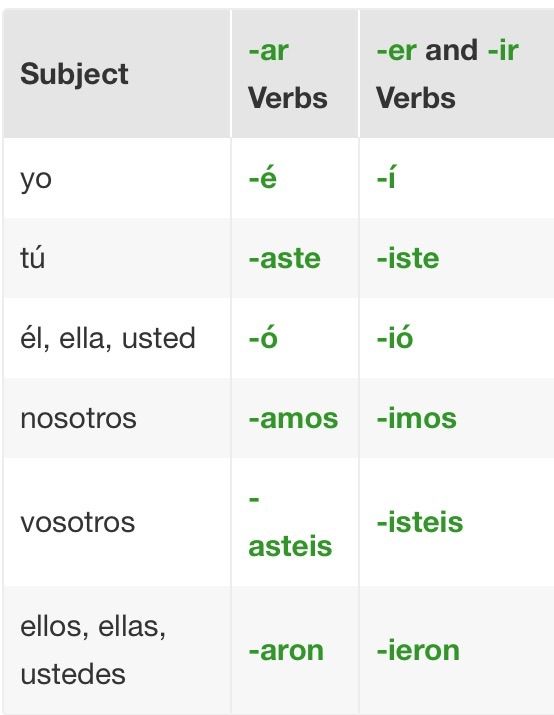
To express preferences, desires, hopes, requests, recommendations (in noun clauses):.For our purposes, we will use the subjunctive in these contexts (as demonstrated above), but don’t be surprised if you hear native speakers use the indicative in these same contexts. Note: While using the subjunctive to signal doubt or uncertainty is universal in all regions of the Spanish-speaking world, its use with reactions and/or comments seems to be dissipating in some regions. (haber) It was sad that there was so much unemployment in those times. Era triste que hubiera tanto paro en esa época. (hacer) It was good that the students did/were doing their homework before each class. Įjemplo(s): Fue bueno que los estudiantes hicieran la tarea antes de cada clase. Often, impersonal expressions that begin with “ser” prompt the use of the subjunctive. If a reaction or opinion is expressed in the main clause, the subjunctive is used in the dependent clause. The following phrases often appear in main clauses and trigger the use of the subjunctive in the subordinate clause.

(tener) I didn’t believe that my friend was right. (ganar) My friends doubted that our team would win the championship. Ejemplo(s): Mi amigo dudaba que nuestro equipo ganara el campeonato. If the speaker is expressing doubt, disbelief or uncertainty in the main clause, the subjunctive is used in subordinate clause to signal this. Let’s break this down and see some examples. Whenever the verb in the main clause is in the past tense (whether preterit, imperfect, or past perfect) and motivates the subjunctive, the subordinate clause uses the imperfect subjunctive. The good news is that unlike the indicative past tense, which gives you the choice between the preterit and the imperfect, the subjunctive uses only the imperfect.

Additionally, it is used in certain contexts that express interdependence in the past. It is also used to express that something did not exist or the speaker was unsure if it existed in the past. You use the imperfect subjunctive to express doubt or uncertainty and preferences or recommendations that refer to the past. You may hear them from your instructor, and it is likely that you will come across them as you read authentic Spanish in Acceso.

However, it is important for you to be aware of them because they are relatively commonly used (especially in Spain). You will not be asked to learn these endings and they will not appear in the activities in Acceso Hub: Forma y Función (LingroLearning) or on exams. There are alternative endings for forming the imperfect of the subjunctive. Review the common forms with irregular roots in the preterit. The imperfect subjunctive will therefore be “durmiera”. For example, “dormir” has a stem change in the 3rd person forms of the preterite: durmió, durmieron.

The vowel before the “nosotros” ending is always accented.As you can see, these endings work for –AR, -ER, and –IR verbs.The imperfect subjunctive endings are always for all three groups: -se, -ses, -ˆt, -sions, -siez, -sent pronounced /s, s, -, sjɔ̃, sje, s/. (Il fallait) que je chantasse, que tu finisses, qu'il bût, que nous vinssions, que vous parlassiez, qu'elles rougissent. The stem is otherwise stable for a single verb, and the endings are always: -se, -ses, -ˆt, -sions, -siez, -sent pronounced /s, s, -, sjɔ̃, sje, s/. To be more exact, the imperfect subjunctive stem consists of the second person singular of the past historic, except that in the third person singular of the imperfect subjunctive the final -s- of the stem is replaced with a circumflex over the preceding vowel. The imperfect subjunctive is always constructed from the past historic hence, if the past historic does not exist (defective verbs) neither will the imperfect subjunctive. This tense is not formed with an auxiliary. The imperfect subjunctive or imparfait du subjonctif in french, is a simple tense.


 0 kommentar(er)
0 kommentar(er)
